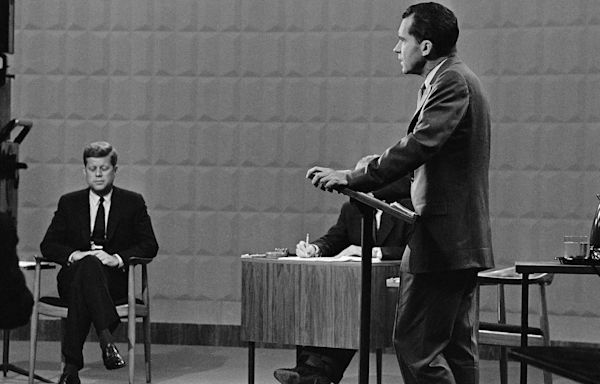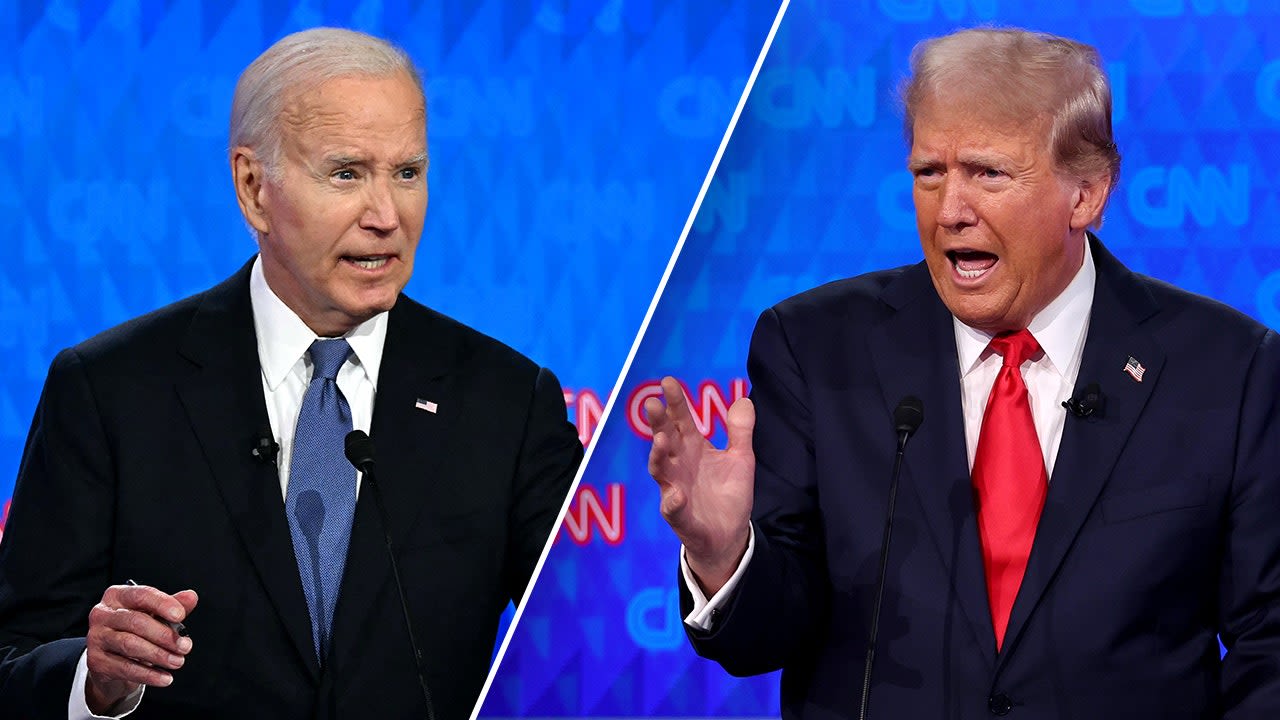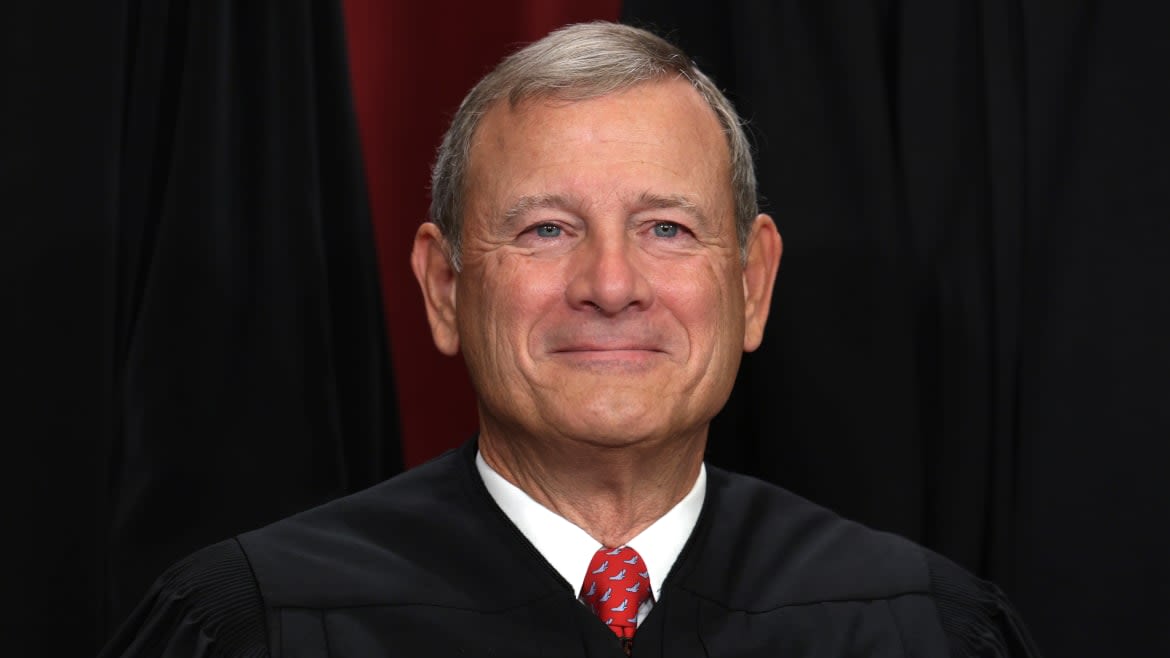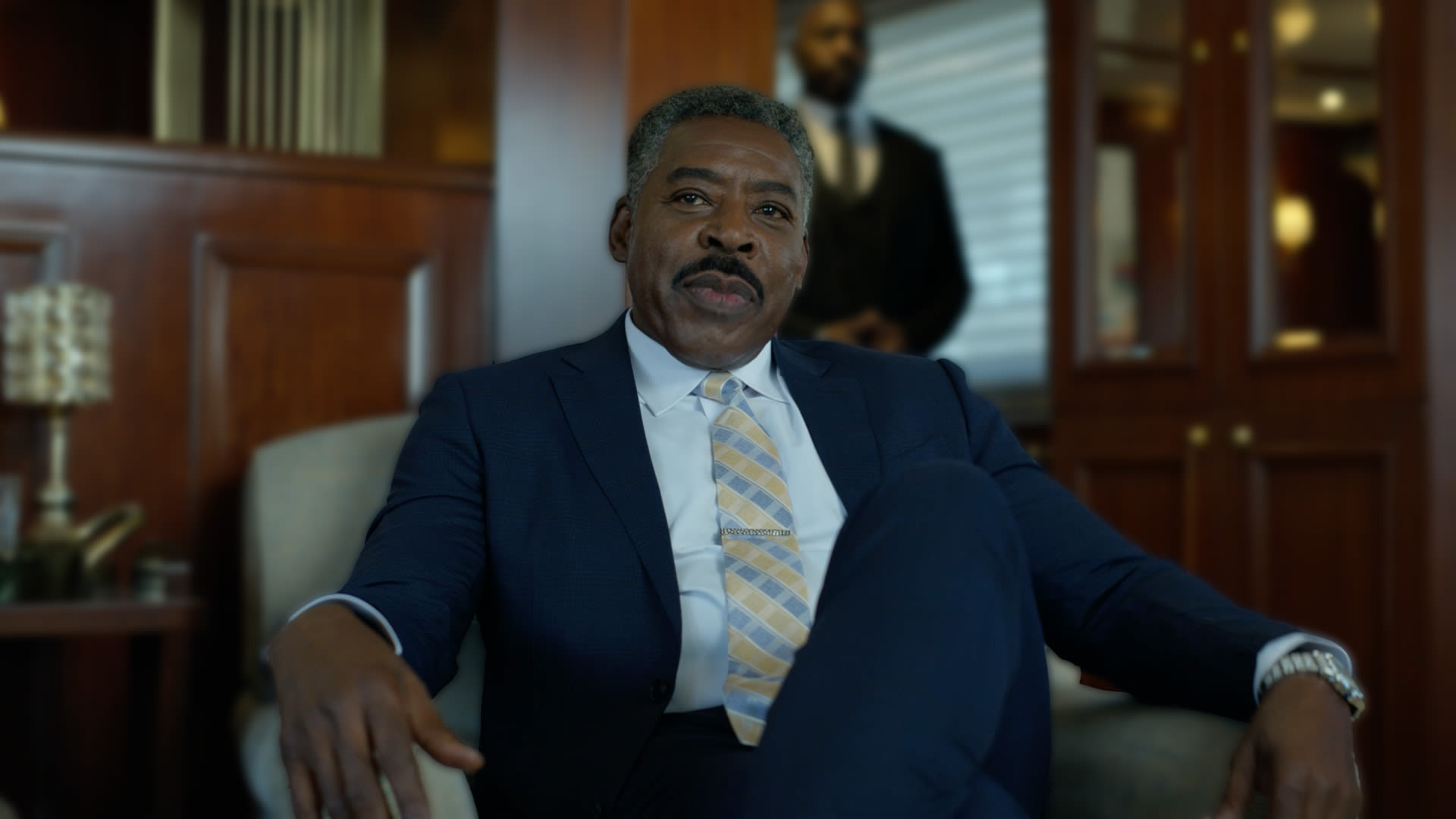Search results
News about Joe Biden, first-ever presidential debate, Bob Woodward
News about Watergate, John Dean, Secrets and Betrayals
Also in the news
Richard Milhous Nixon (January 9, 1913 – April 22, 1994) was the 37th president of the United States, serving from 1969 to 1974. A member of the Republican Party, he previously served as a representative and senator from California and as the 36th vice president from 1953 to 1961 under President Dwight D. Eisenhower.
5 days ago · Richard Nixon, 37th president of the United States (1969–74), who, faced with almost certain impeachment for his role in the Watergate scandal, became the first American president to resign from office. He was also vice president (1953–61) under President Dwight D. Eisenhower.
Nov 9, 2009 · Richard Nixon (1913-94), the 37th U.S. president, is best remembered as the only president ever to resign from office. Nixon stepped down in 1974, halfway through his second term, rather than...
Apr 20, 2021 · Richard Nixon was a Republican congressman who served as vice president under Dwight D. Eisenhower. Nixon ran for president in 1960 but lost to charismatic Massachusetts Senator John...
Richard Nixon 's tenure as the 37th president of the United States began with his first inauguration on January 20, 1969, and ended when he resigned on August 9, 1974, in the face of almost certain impeachment and removal from office, the only U.S. president ever to do so.
Richard Nixon was elected the 37th President of the United States (1969-1974) after previously serving as a U.S. Representative and a U.S. Senator from California.
The central event of the the years Richard Nixon served as President — influencing virtually every aspect of U.S. foreign and domestic policy, causing substantial cultural and social upheaval, and leading ultimately to Watergate — was the Vietnam war.
When Richard Nixon was elected in 1968, he declared that his goal was “to bring the American people together.” The nation was divided, with turbulence in the cities and war overseas. During his presidency, Nixon ended American fighting in Vietnam, improved relations with the Soviet Union, and transformed American's relationship China.
Learn about Nixon's presidency, including his strategy to get the United States out of the Vietnam War, his foreign policy maneuvers with China and the Soviet Union, and his fall from grace due to the Watergate scandal.
Nixon outlines what became known as the Nixon Doctrine whereby the United States would provide arms and aid--but not military forces--to its Asian allies, who would provide their own military forces in resisting communist aggression.





